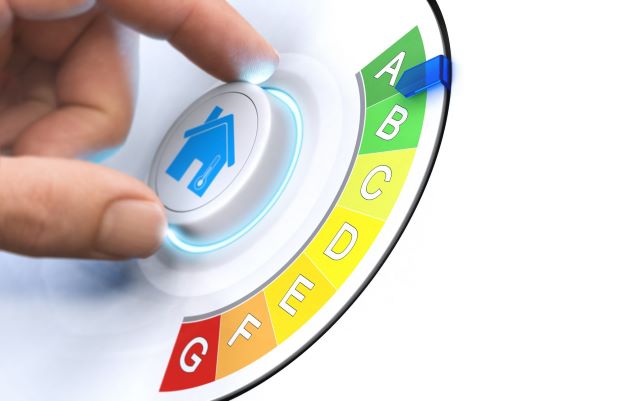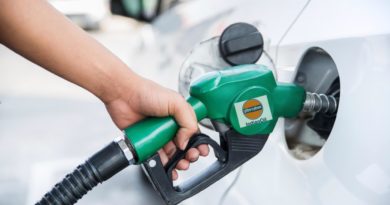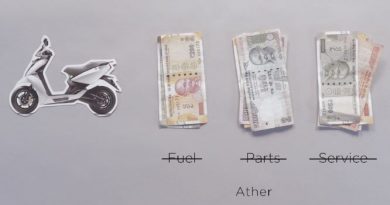Zero-Carbon Power Supply Will Need Seasonal Energy Storage: Research
 Energy efficiency is a main proponent to zero carbon footprint
Energy efficiency is a main proponent to zero carbon footprint
The researchers from the Swiss Federal Laboratories for Materials Science and Technology (EMPA) have studied what will be needed to make a country like Switzerland able to use only zero-carbon energy.
In their study, researchers Martin Rüdisüli, Sinan Teske, and Urs Elber concluded that the country can produce more electricity than it needs from renewable sources in the summer but will need to import electricity from its more southerly neighbors in winter.
In a report published in the journal Energies, they used data provided by Swissgrid to determine the current demand for electricity in quarter-hour increments year round. They then posed the question, “How would demand change once most heating and transportation in Switzerland is electrified?” The answer they came up with is that demand will increase by approximately 13.7 terawatt-hours on an annual basis.
The research focuses on five areas. First, replacing conventional furnaces with heat pumps. Second, because Switzerland proposes to end its use of nuclear power, each nuclear power plant must be replaced with about eight times the photovoltaic output. A nuclear plant delivers around 8,000 hours of electricity per year but a solar cell delivers only about 1,000 hours a year. As a result, solar panels will need to be installed on virtually all available surfaces.
Third, a dramatic increase in electrical storage capacity using all available technologies including batteries and pumped hydro as well as geothermal and technologies that convert electricity into chemical energy sources. Fourth, they recommend heat storage technologies so the use of heat pumps can be reduced as much as possible in winter.
Fourth, create seasonal heat storage facilities so that the electricity requirements of the heat pumps can be reduced in winter. Fifth, new HVDC transmission lines that will bring electrical power from sunnier southern countries to Switzerland in the winter when electrical demand is highest. A bright spot in the analysis for electric vehicle advocates is that EVs will not unbalance the grid as they can be charged when electricity is plentiful, assuming a proper charging infrastructure is created.
“For the sustainable conversion of our energy system to succeed, we need both short and long term — i.e. seasonal — energy storage technologies. That is why we should not play off energy sectors against each other, but keep all technical options open,” says Martin Rüdisüli. Sinan Teske adds: “We must learn from nature how to deal with solar energy, which is not available all year round. We could store as much as possible in summer and limit our needs in winter. Or we could look for partners in the southern hemisphere of the earth who can harvest solar energy and deliver it to Switzerland when winter is here, and vice versa.”
The bottom line is that renewable energy may be abundant at certain times but storage will be key to creating a low or zero carbon society, coupled with robust transmission lines that can transport electricity from where it is abundant to where it is in limited supply.
The most important takeaway from the EMPA study may be the value of improving the energy efficiency of homes and businesses. A kilowatt-hour of energy saved is a kilowatt-hour of electricity that doesn’t have to be generated.




